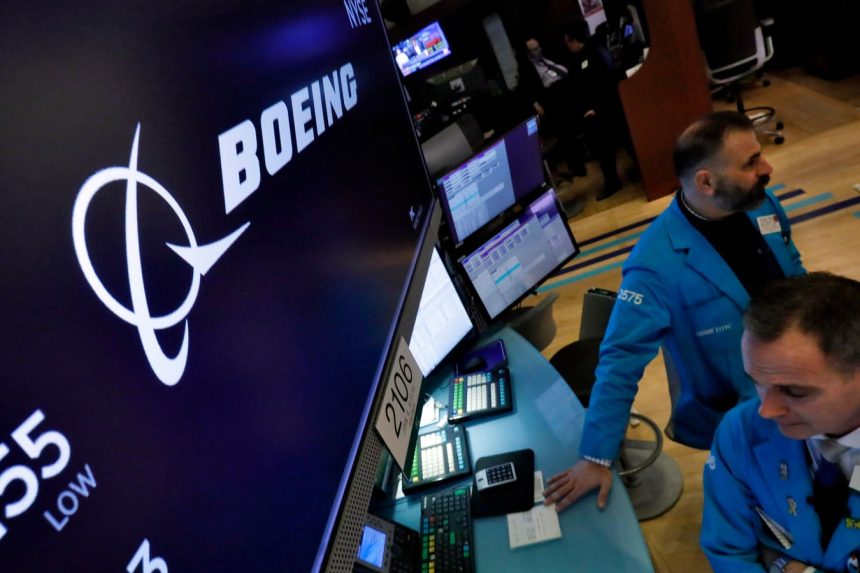Boeing’s recent financial performance paints a stark picture of a company grappling with significant challenges. The company pre-announced a staggering $3.8 billion net loss for the fourth quarter of 2024, contributing to an astounding $11.8 billion loss for the entire year. This marks the second largest annual loss in Boeing’s history, extending its streak of unprofitable years to six. Several factors have coalesced to create this dire financial situation, including a seven-week machinists’ strike that disrupted production of the crucial 737 Max aircraft, persistent delays and cost overruns in defense programs, and ongoing production issues plaguing the 737 Max and 787 lines. These accumulated losses since the 2019 grounding of the 737 Max now total a breathtaking $35.7 billion.
This substantial loss further solidifies Boeing’s position as the biggest loser in the S&P 500 index since 2019. While other companies like Uber and Carnival, which were previously trailing closely behind in terms of losses, have shown signs of recovery with projected profits and significant reductions in losses, respectively, Boeing’s financial woes continue to deepen. This dismal performance places Boeing among the top losers in the S&P 500 over the past quarter-century, although it still trails significantly behind companies like American International Group (AIG) and General Motors, which experienced colossal losses during the financial crisis and preceding years.
Comparing Boeing’s losses with other companies facing similar sustained periods of unprofitability provides further context to the company’s situation. Among the 27 S&P 500 members experiencing at least six consecutive years of losses since 1999, Boeing holds the unenviable top spot, having lost the most money. Its losses far surpass the second-place holder, the former parent company of TXU, which incurred substantial losses leading up to its bankruptcy. While Boeing’s six-year losing streak is significant, it’s important to note that other companies have endured even longer periods of unprofitability, with some lasting over a decade.
The reasons behind Boeing’s sustained losses are multifaceted. The initial blow came from the grounding of the 737 Max following two fatal crashes, which severely impacted the company’s reputation and finances. Subsequent production issues with the 737 Max and 787 further exacerbated the situation, leading to delays, cost overruns, and lost revenue. The recent machinists’ strike added another layer of complexity, halting production and contributing to the substantial fourth-quarter loss. Coupled with challenges in the defense division, these factors have created a perfect storm for Boeing’s financial performance.
Despite these significant challenges, investor confidence in Boeing hasn’t entirely eroded. The company boasts a substantial order book of over 5,500 aircraft, a testament to the continued demand for its products. This backlog provides a potential pathway to recovery, assuming the company can address its production issues and deliver on these orders. Newly appointed CEO Kelly Ortberg faces the daunting task of revitalizing production lines and restoring efficiency to capitalize on this demand. The company’s recent successful fundraising efforts, securing $24 billion through stock and convertible debt sales, demonstrate investors’ willingness to bet on Boeing’s long-term prospects.
However, the road to recovery is expected to be long and arduous. While the substantial order book offers a glimmer of hope, the company’s financial outlook remains uncertain. Projections suggest that Boeing may continue to experience negative cash flow in the near future, indicating that the path to profitability is not imminent. Turning around a company of Boeing’s size and complexity requires addressing a multitude of operational and financial challenges, and investors should temper their expectations for a swift return to profitability. The company’s leadership will need to demonstrate a clear and effective strategy for navigating these challenges and rebuilding investor confidence over the long term.



